How to Build an Attractive Designer Resume
11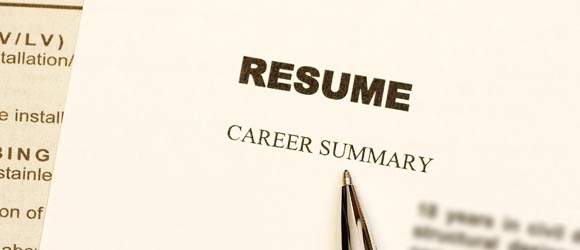
The current economic situation has made it difficult to get good jobs. Even the best of talent is looking hard to find the right jobs. To top it, globalization has opened the entire world and one has to face intense competition from people located in different parts of the world. This can be quite a challenge and one of the best ways to face this competition heads on is to prepare a good resume and present it well to the prospective employers.
Before continuing reading this post did you already join our Twitter and subscribe to our RSS feed? If not, rush and join us now to receive updates of new posts and free resources.
Why a Resume?
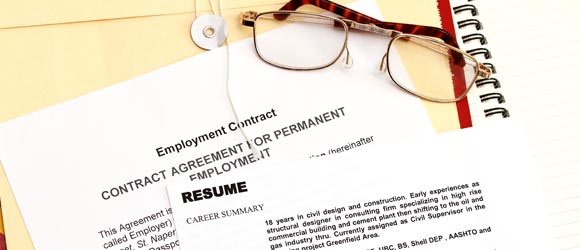
A resume is a summary of your skills, education and experience. It is the best way to let the world know the talents and skills you possess. It is a gateway into your performance and accomplishments. Any person looking to employ you has to start somewhere to assess your skills and for most employers, it is the resume. Therefore, its important to have a stellar resume that gives the viewer a clear idea of what you are capable of. Though a resume is important for anyone who is looking for a job, it is a little more important for a designer. This is the only way you can show-off your stuff and make money by doing what you love.
A resume also provides an insight into your personality. A quick glance can show your organization skills, your eye for detail and your cleanliness and commitment levels. This is why you should spend considerable time writing and fine-tuning your resume to make the best impression.
What should a designer resume have?
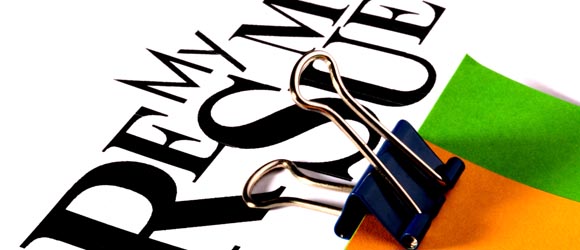
As a designer, you have your own unique style. This style should stand out in the resume. Bring in the creativity side of you. An integral part of your profession is creativity and so use it in your resume too. This can be a good way to show off your personality too. Your resume can have some of your designer skills like a different font and layout. You can use a design that is different and unique. But, make sure its not too wild or colorful as this can end up to be a big turn-off for employers. Be different, but without violating some of the unwritten rules of a resume.
You should put the most important and impressive stuff first. As most people think, contact information is not that important. You can relegate it to the top right hand corner of the resume. Including it between your name and your experience is not a good presentation. Start with a short summary of who you are and what you have done. This can be followed by the skills you possess. Never feel shy to list all that you know related to designing. In fact, this can be a crucial part that can land you the job. So, make sure you spend good time on it.
Next comes your experience. If you have been involved in different facets of designing, group them under different sub-headings. This will go to show your good organizational skills. Give a brief and concise description of each project you have done. Use the right words that have the maximum impact. Finally, you can add references. Its a good idea to check with your references if they are fine with recommending you before adding their names and contact information.
These are some of the things that your resume should contain. Lastly, revisit your resume numerous times and constantly refine it. You will be surprised at the difference between the first draft and the final product.
Importance of attaching the resume with a portfolio website
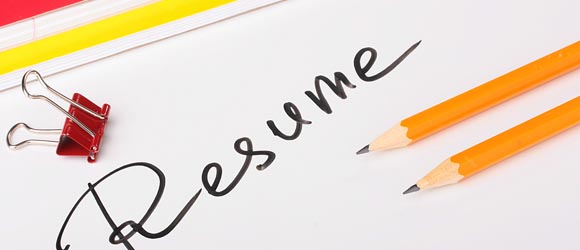
The phrase, a picture speaks a thousand words, perfectly describes the importance of a portfolio. While resume is a typographical version of all your achievements, a portfolio website is the actual implementation of it. Prospective employers see your work samples in your portfolio website. Therefore, it is absolutely vital that you attach your resume to a website that contains samples of your work.
As portfolio is a document of your work, you should spend considerable time developing it as well. It must conform to your resume and should contain a mixture of words and pictures. It should also be well-organized and well-designed with the right images, layout, color and background. In fact, it can impress the prospective employer the first time and he or she may even give you the job right away!
As a designer, you can arrange your portfolio in such a way that it includes work done from the beginning to the current. If you have way too much, then its a good idea to give a sample from different points of time in your career. This will give the prospective employer a good idea of the progress you have made. You can also include sketches and ad campaigns, if any. Make sure to label each of your sample so that it is self-explanatory. These aspects will make your portfolio more attractive to any viewer.
Tips to make the resume attractive

Small details can give a quantum leap to the quality of your resume. After all, you have done the hard work of designing and its time to flaunt it to the world. Your resume should have the perfect choice of words. In general, use power-packed words that grab attention. You are trying to sell your skills to the employer and so its important to use catchy phrases. However, over-dramatization can back-fire and so avoid over-using them.
The content is as important as the design. Employers try to assess you through your resume and so content has to be neat and precise. Avoid using too many unwanted words and keep it brief. The technical aspects of your work can be in-depth as it helps the employers to compare between applicants to decide who is the best fit for the job. The more technical you are, the better the chance for the employer to believe in your strong technical skills and choose you over others.
Another important trick in writing a resume is to read through the job description of the employer. Pick some of the words or phrases used by the employer and incorporate them in your resume. While doing this, make sure you do not put false information that matches the requirement of the employer. Simply re-word or rephrase your experience and skills to give the employer a feeling that you are the perfect fit for the job.
Highlight in your resume the benefits that the employer will get by hiring you. This is an important part of marketing your skills to the people looking for such talent. Finally, your resume should be free of spelling mistakes and grammatical errors. No one tolerates a resume with errors and this is one thing you should watch out for. These tips will go a long way in making your resume an effective tool to get the job of your choice.
Conclusion
In short, resume is the only way to market yourself to prospective employers. This has to reflect your skills, qualification and experience and it has to be brought out well. Also, the resume has to be linked to a well-presented portfolio that will act as a proof of all the hard work and effort that you have put into your career. When these aspects are kept in mind, getting your dream job and doing the work that you are passionate about is well within your reach.

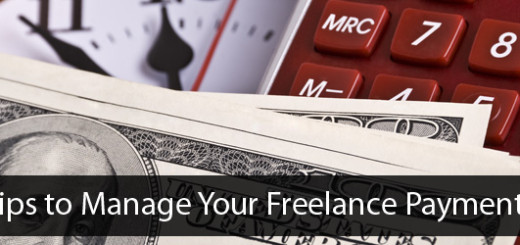
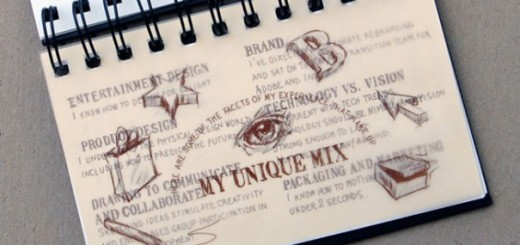
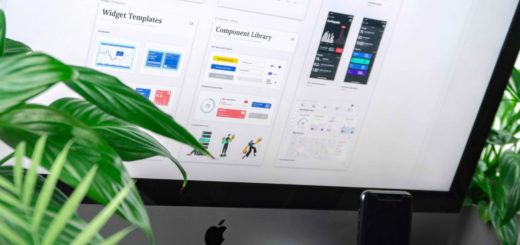

awesome post!
thanks a lot for sharing 🙂
Really useful for me, thanks for share
couldnt be more spot on. I really like the stress on the portfolio. First thing a time crunched recruiter would love to look at.
“While resume is a typographical version of all your achievements, a portfolio website is the actual implementation of it.”
This is so true. People in the various graphic art industries please take note!
Thanks for sharing your knowledge.
Very helpful advice.